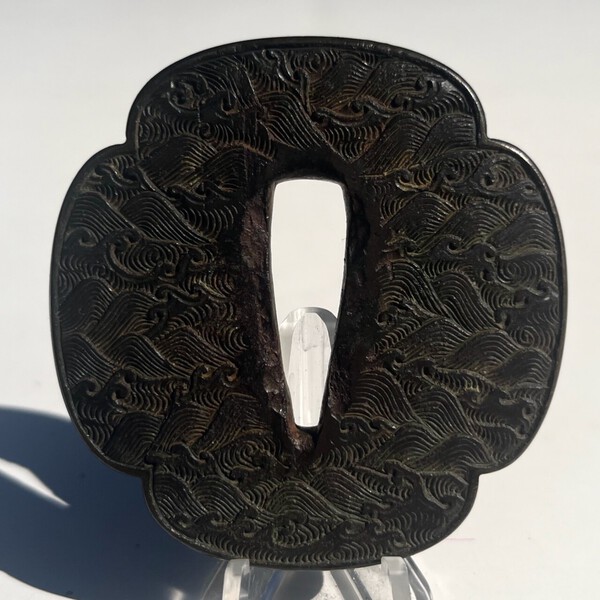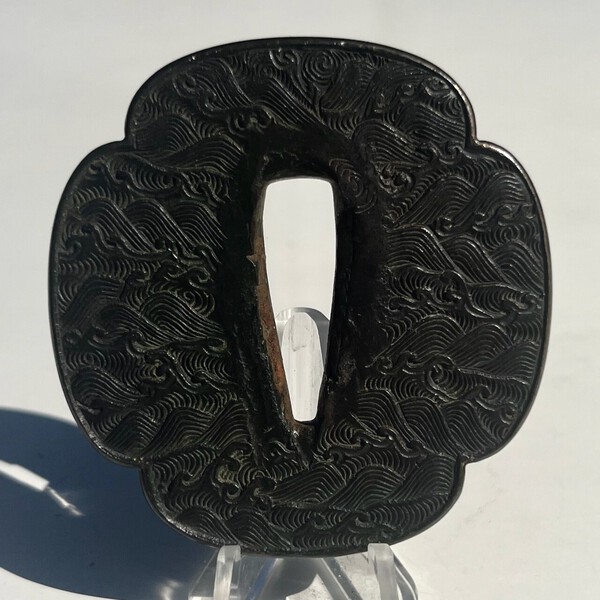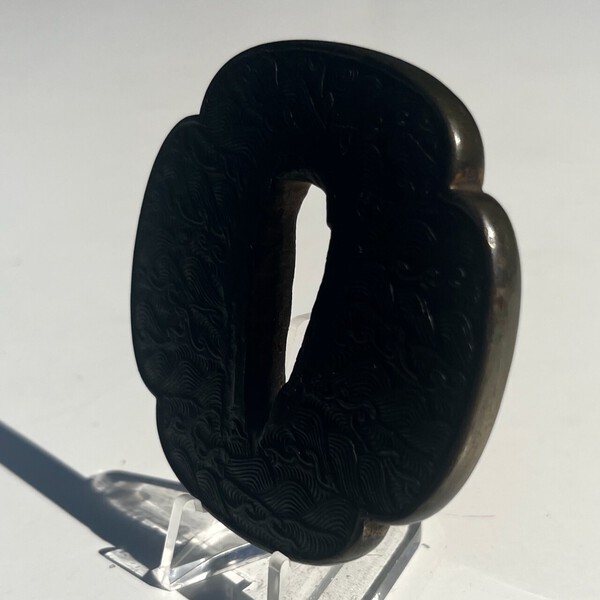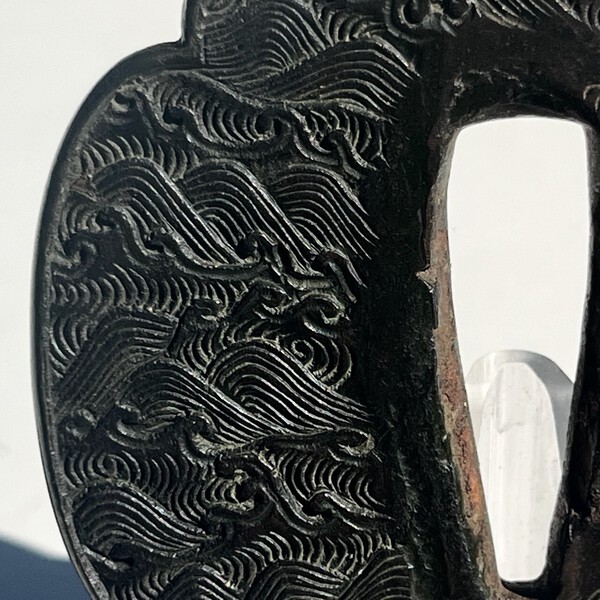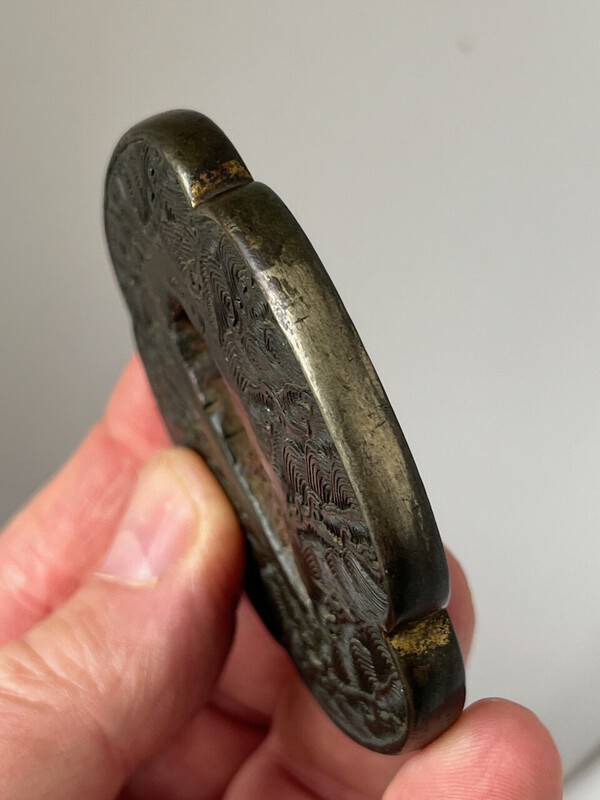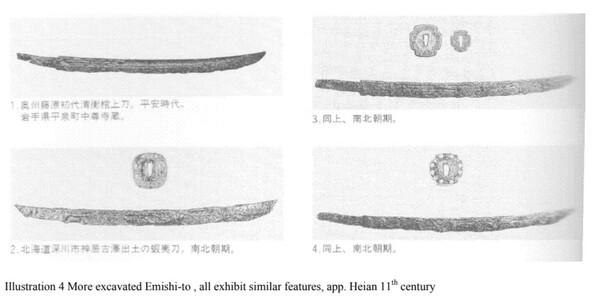-
Posts
3,104 -
Joined
-
Last visited
-
Days Won
26
Everything posted by Marius
-
Steve, Many thanks! I just couldn't crack that "水" Please note that the "mei" is on the ura. So maybe it is an inscription, and not the artist's name. In which case 田水 would be either ta mizu or den sui. Water in a rice paddy... I admit, it is a strange one...
-
Gents, I am at loss about the second kanji. The first seems to be 毋, but the second? Is it 乃 ? Apologies, I am hopeless when it comes to mei... And many thanks for your help. It will be appreciated
-
SOLD, thank you.
-
HOLD
-
-
Gents, a sturdy tanto, a long yoroi doshi. Comes in shirasaya, with nice copper habaki. NBTHK has attributed it to Uda Tomotsugu, while NTHK thought it is a Bizen Osafune Kiyomitsu. You decide what works best. Nagasa 25.4 cm Motohaba 24.8 mm Motokasane 6.4 mm Hada: itame nagare Hamon: nie deki, sunagashi, nice big formations of nie I think it is this sword smith (from Sesko's Index): TOMOTSUGU (友次), 5th gen., Tenbun (天文, 1532-1555), Etchū – “Etchū no Kuni Kawasaki-jū Tomotsugu saku” (越中国河崎住友次作), “Hikokurō saku Tomotsugu” (彦九郎作友次), first name Hikokurō (彦九郎), he signed also with his place of residence, that is to say Kawasakimura (川崎村) written as (河崎) without “mura” (村, “village”), he was active from Tenbun to Eiroku (永禄, 1558-1570), most of the extant Uda-Tomotsugu blades go back to this generation, the jigane is a standing-out itame-nagare, the hamon is a gunome in ko-nie-deki mixed with ko-midare and sunagashi, the nioiguchi is subdued, chū-jō-saku SOLD
-
Allow me to chime in. As you know, I do not recommend tsuba indiscriminately. I do it only in cases where the tsuba is exceptional. Now, this is such a case. Unlike so many other schools, Sado Island masters have retained true martial spirit in their work even in the "weak piping time of peace" that was the mid Edo period. I know that John's photography does not do the tsuba justice. and that it looks much better in hand. What I see here is excellent iron and a very dynamic motif that makes this massive tsuba anything but plain or boring. This is the work of a true master. Needless to say, that if Mr Haynes stated that this work is rare, then that's what it is. A great opportunity to purchase an exceptional tsuba for what I see as a great price.
-
Thanks Curran!
-
I will get measurements later. Please note how well the copper plugs are carved to match the motif of waves - really cool work. I get Owari Fuatgoyama vibes with this one, feel free to correct me (Curran? Please?). Needs some TLC, is wakizashi size and really nice. HOLD ($200) incl. shipping to US and EU, Paypal fees blah blah blah, wire transfer preferred.
-
Gerry, he doesn’t care about yasurime, no more than he cares about about art swords. He is interested in the quality of the blade, as a function of steel/forging/quenching and tempering. For the same reason he doesn’t care about what hada his swords will have.
-
I don’t think pictures give it justice. I have seen it in hand and it was truly fantastic. I had the impression of holding a Norisuke tsuba (and that’s a compliment because he was a great tsuba maker who made many copies of famous Owari tsubako). It was so good I wanted to keep it! well done Manuel! 😊👍🏻
-
Gents, I need an orphan menuki. Please pm me or post in this thread. I have no preferences, and tobacco pouch clasps are OK, too. Thanks!
-
SOLD, many thanks!
-
Not sure about the age of this (Meiji?), but it seems to be an utsushi of a nodachi tsuba from the Futarasan shrine. Suitable as decoration, or for mounting, if you find a sword of the suitable size I attach pictures of the original at Futarasan. Measurements: 10.6 x 10.2 x 0.65 cm at mimi., 0.35 at seppa dai SOLD thank you!
-
Again, one of those under-appreciated tsuba that predate Edo. Not sure if the iroe is later to the tsuba (it might well be), but it makes the whole composition attractive. Chrysanthemum and paulownia, plus delicate gilding around the edges of the sukashi, which I believe is also of heraldic nature. Nice tagane in the substantial nakago ana. 7.9 x 7.7 x 0.5 cm at mimi, 0.3 cm at seppa dai. A very attractive tsuba, yours for: $250 incl shipping to EU and US, excl. PayPal.
-
- 2
-

-

-
Oh, FYI, I have found what I wanted. Thanks again for your kind help!
-
I can now narrow it down: a simple and oblong suaka tsuba devoid of any ornamental features. Thank you 😊
-
Grntlemen, Thank you for your response and apologies for not having indicated the level of ornamentation that I am looking for. I was aiming at the most simple tsuba, virtually free of carving or inlay. I appreciate the offers by Mark and Chris. Thank you 🙏
-
Gents, Looking for a small size tsuba for a tanto, something like hamidashi tsuba, it is important that it has an oblong shape, with height up to 5.6cm (give or take). Material: yamagane, copper, iron, shakudo. Up to late Edo. Maybe you have something like this gathering dust? Thanks!
-
SOLD off the NMB. Many thanks to @Winchester (Brian) for his interest and kindness
-
Gents, While it is probably easy to find tsuba which were mounted on tachi koshirae in the late Edo or Meiji period, this tsuba is a whole different story. It is a tachi or kodachi tuba, made of bronze, which has been gilded once, as can be seen thanks to some remnants. While the guard is small, it is heavy and its large nakago ana points at a substantial blade. A small tsuba mounted on a long blade has often been the custom in the turbulent Sengoku period. This tsuba is likely to date back to mid-Muromachi period, late 15th century. Measurements are: 6.7 x 6.3 x 0.6cm Nakago ana 3.15 high 0.9 wide Tsuba of this style are described by some collectors as "Northern", which I think is due to the fact that there have been tachi tsuba of this style excavated together with some Emishi-to in Hiraizumi, the capital of the Northern Fujiwara. Also, the much used (and abused) term Ezo is often applied to early tachi tsuba. I attach a pic from a Japanese magazine showing the excavated guards (and swords). In any case, this here is a wonderful tachi tsuba the type of which is very hard to find. It is small, so pne can speculate it was used on a kodachi or even a naginata (yes, naginata did have this type of tsuba). You can also find some tachi tsuba in this thread, with excellent photographs by Richard George (two of those tsuba were once in my collection, BTW): https://www.militaria.co.za/nmb/topic/38844-tachi-tsuba/ please scroll down to see the tachi tsuba. $1,650 incl. shipping to Europe and US. Wire transfer please (either $ to a bank in the US or € to a bank in the EU).
- 5 replies
-
- 12
-

-

-
Bought, many thanks!
-
Thanks Jean, will do.
-
Gents, I will start with a disclaimer - this is on behalf of a friend, who has stumbled upon a problem with his tsukamaki. He would like to do a Tensho tsuka, with a horn kashira, ito going over the kashira, of course. He complains that the ito always ends up being loose. In other cases everything is OK. Any kind of manual how to do it properly? Any advice? My friend will be obliged, and so will I. Thank you so much for any piece of information I attach a picture of a tsuka, just to be sure you know what I, being a complete ignoramus in these things, am talking about.
-
That went fast. As it should! Someone got a great tsuba, congrats!

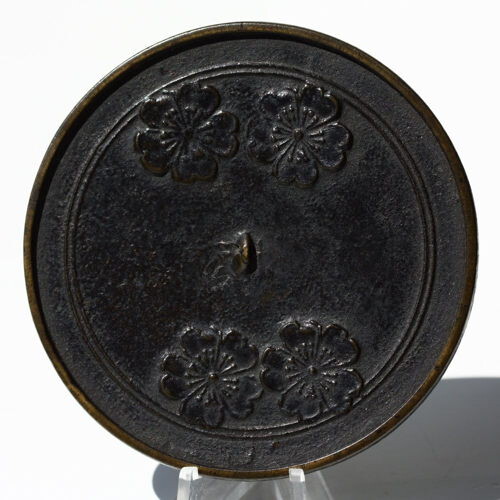
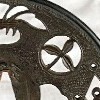

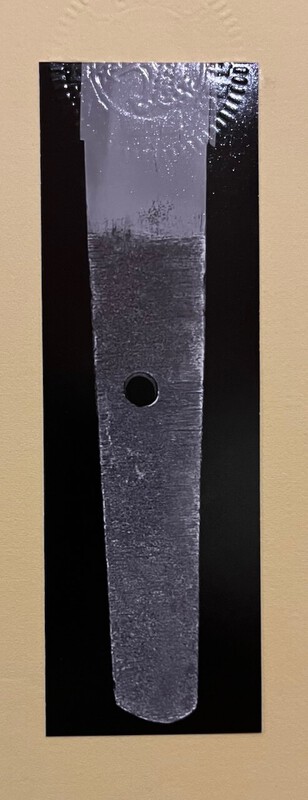
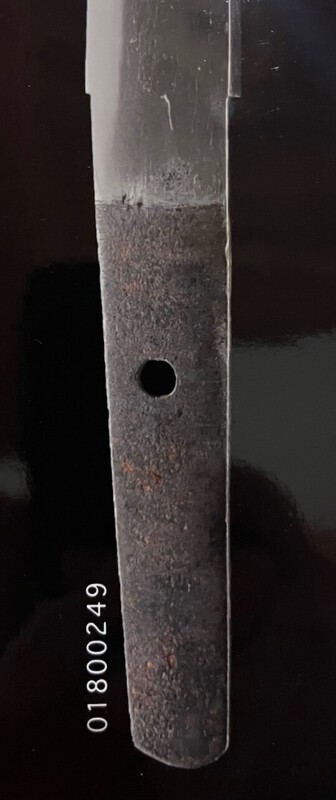
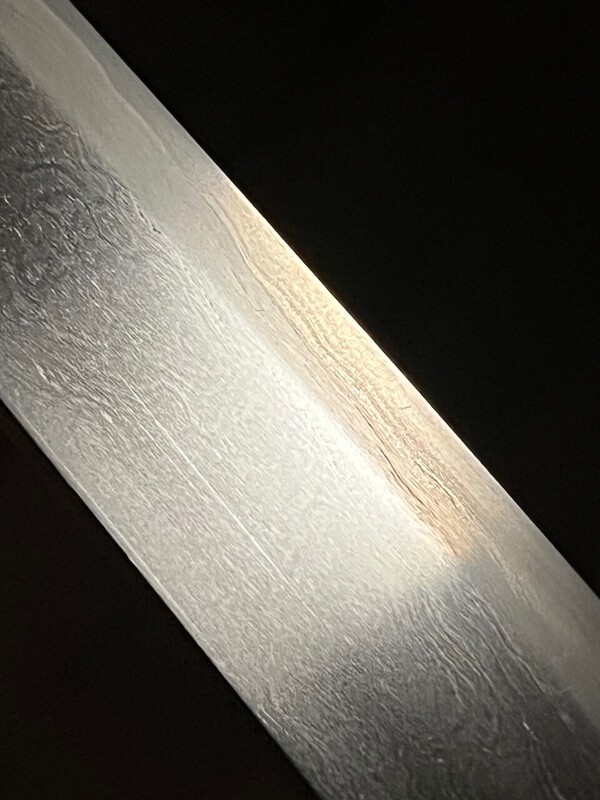
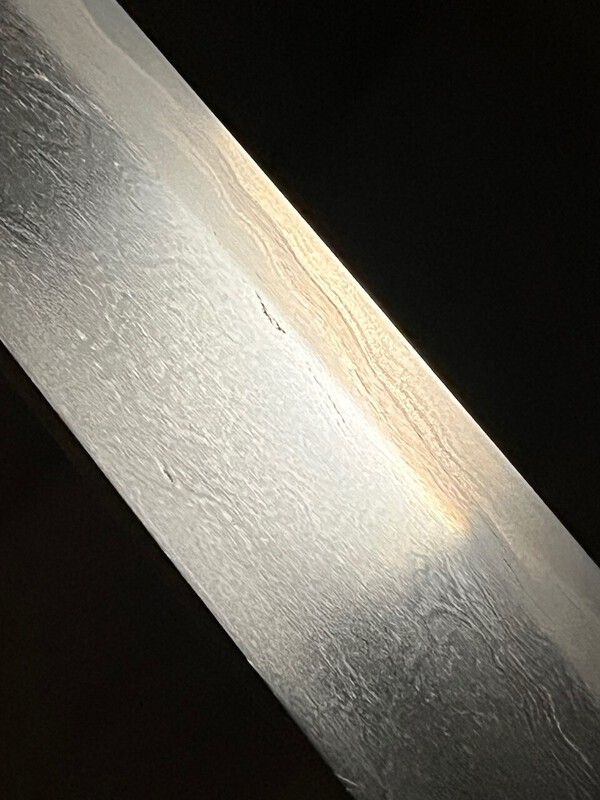
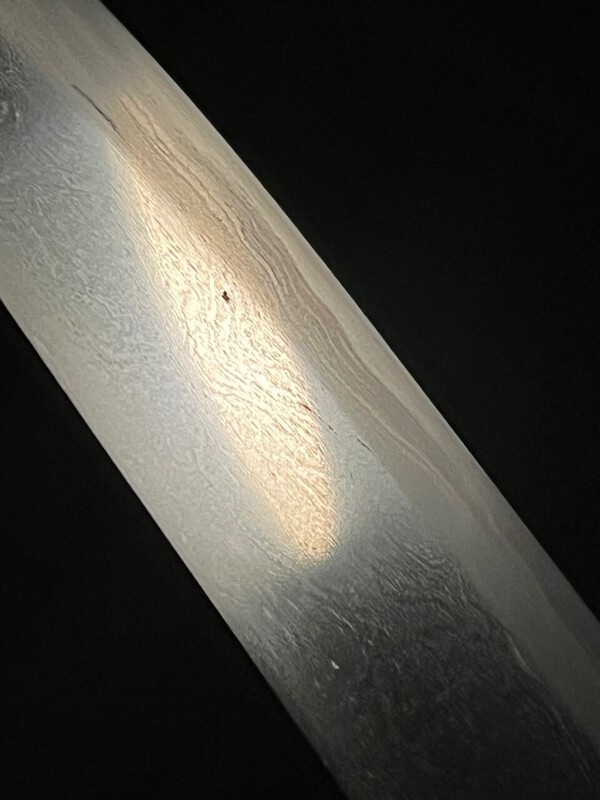
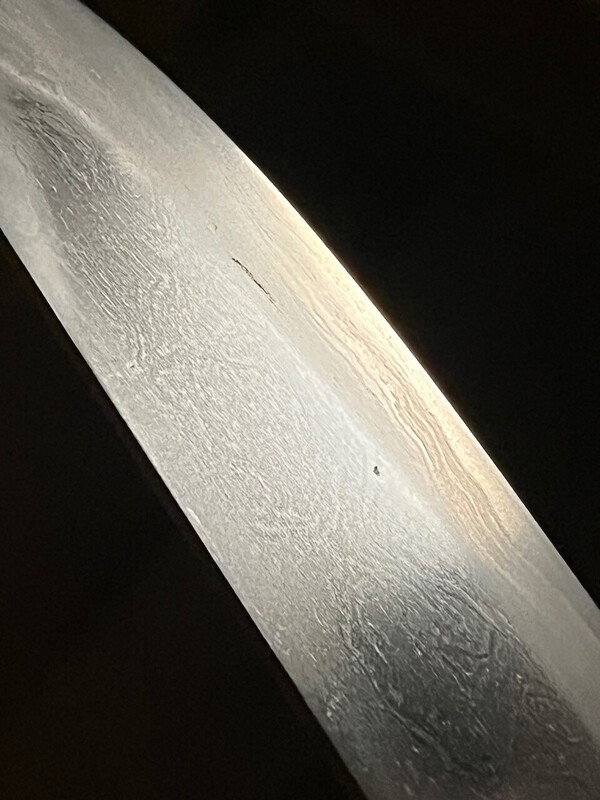
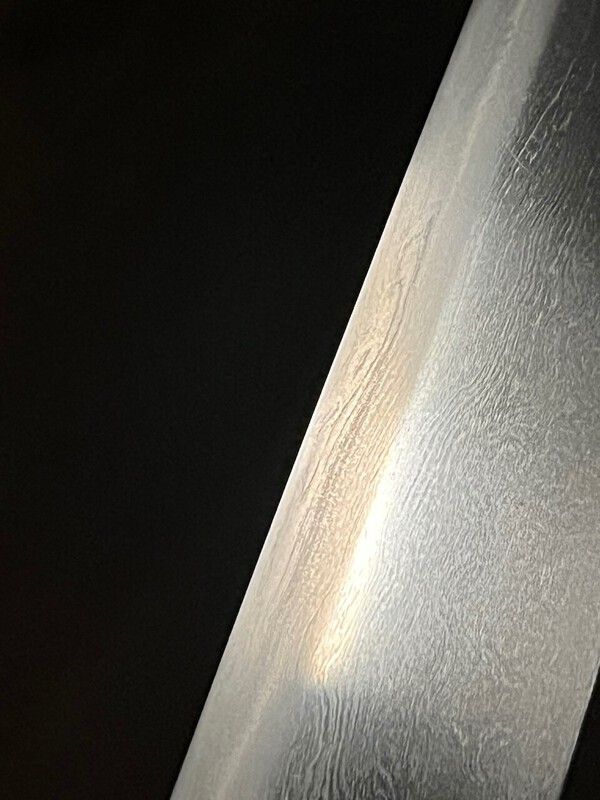
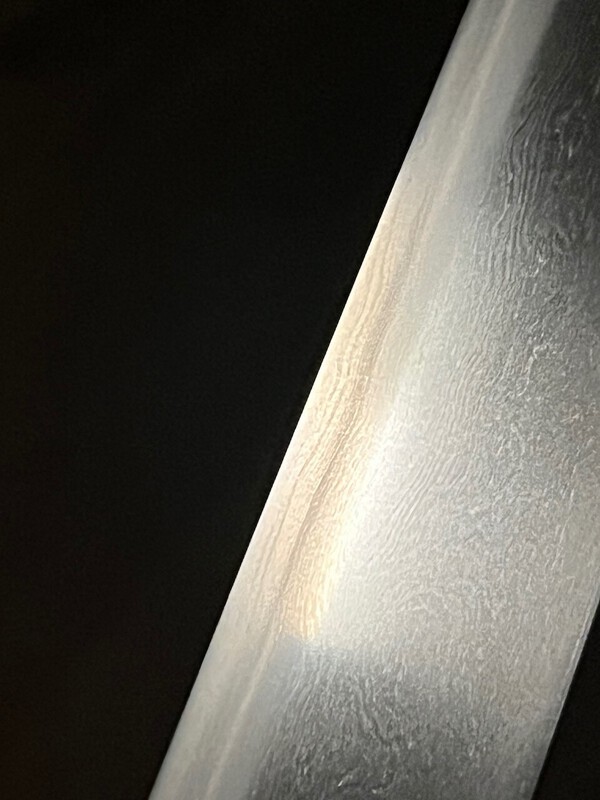
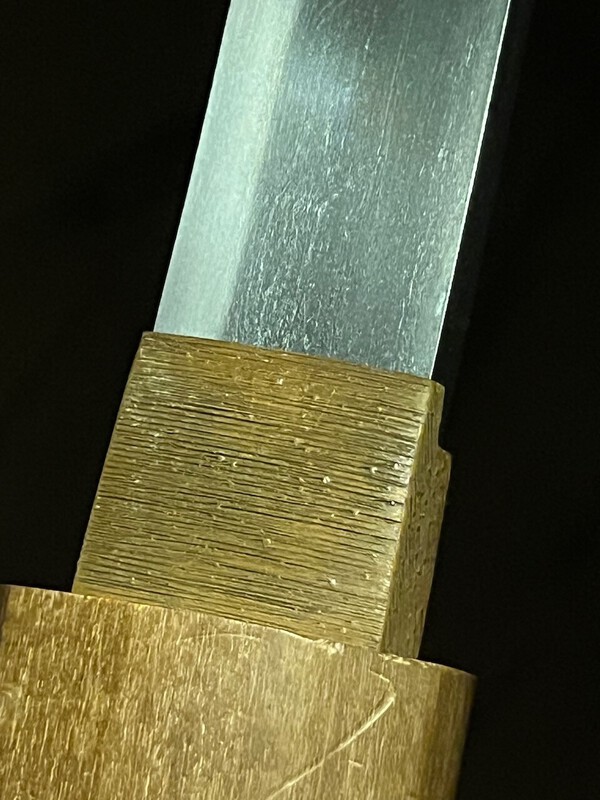
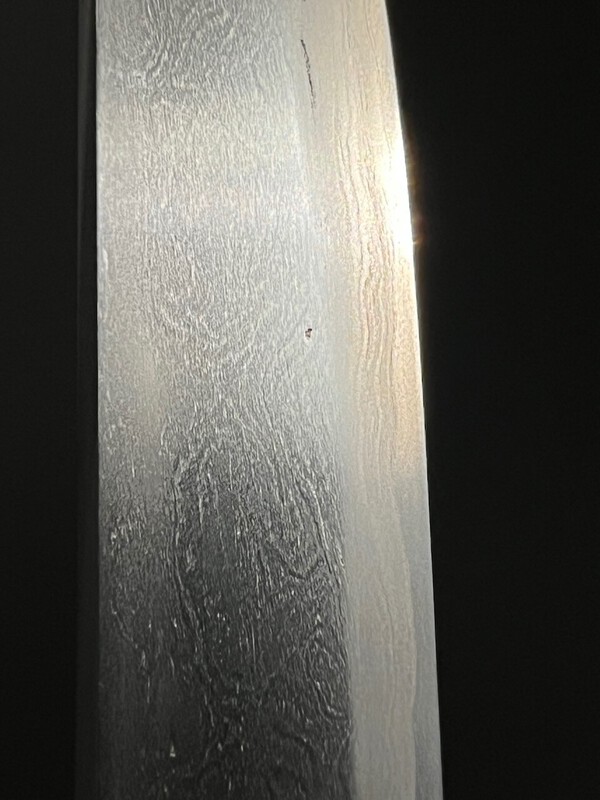

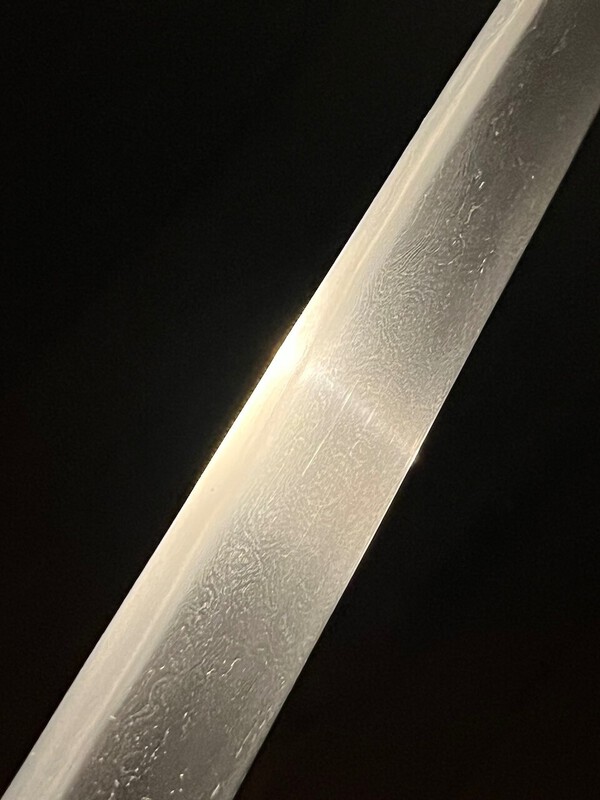
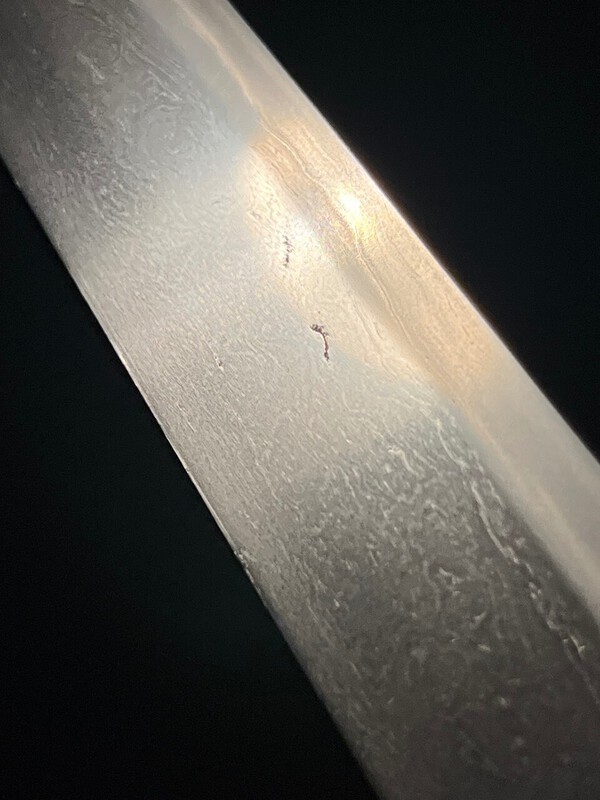
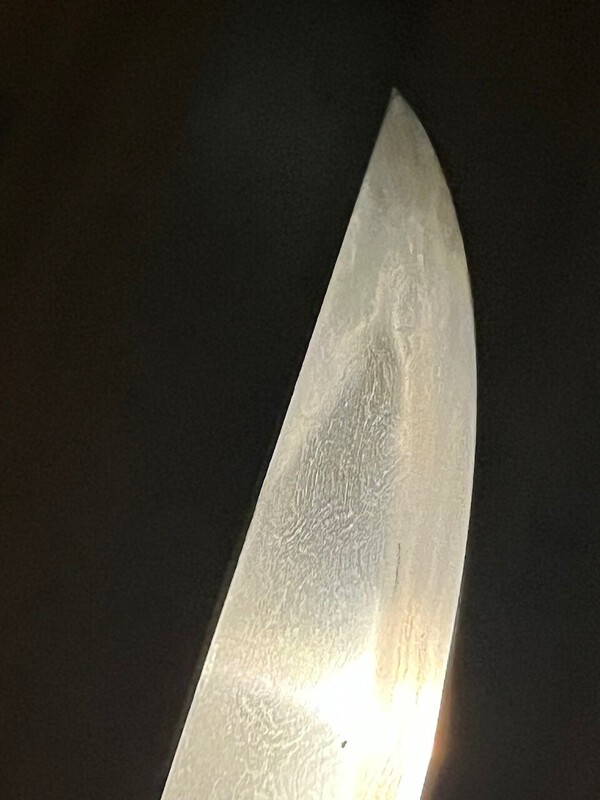
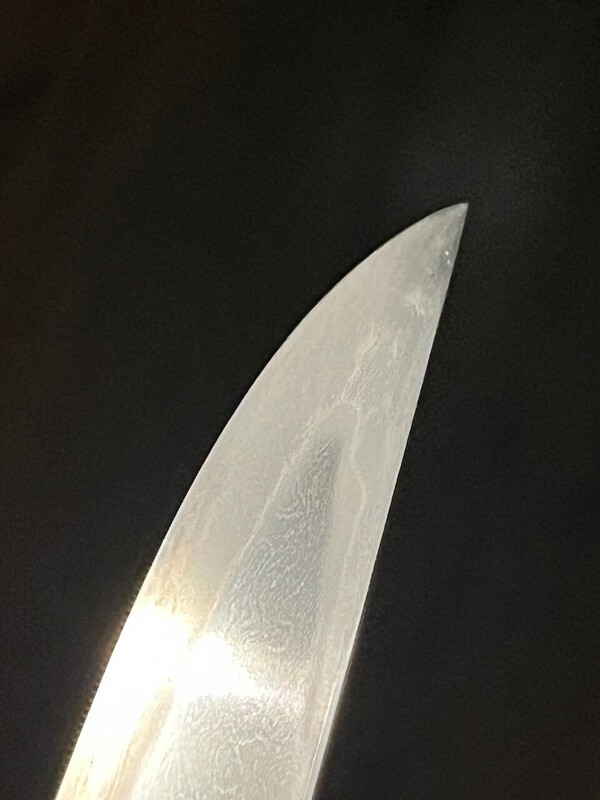




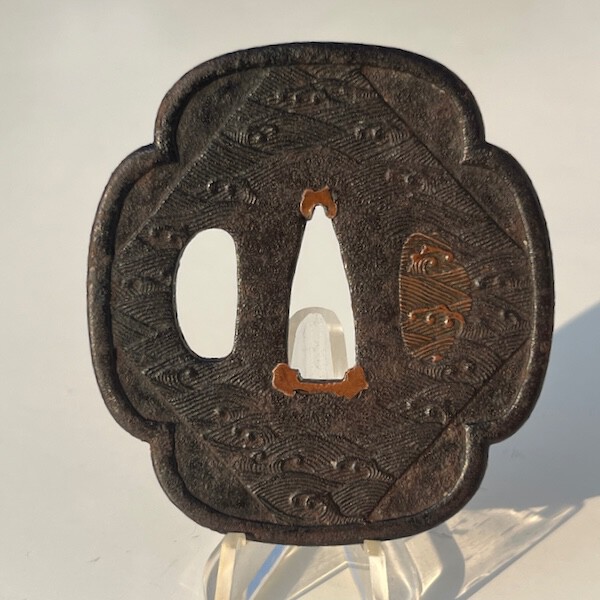



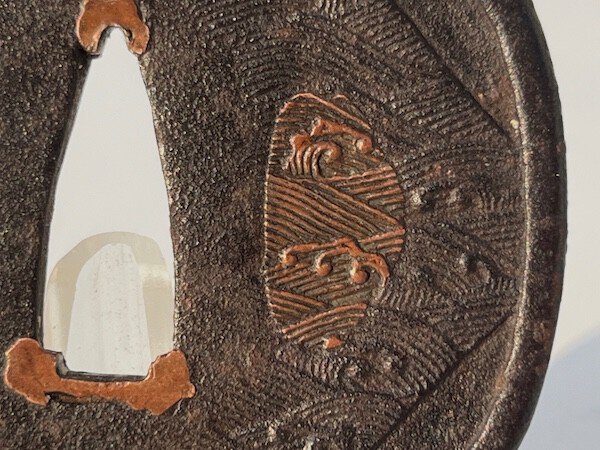



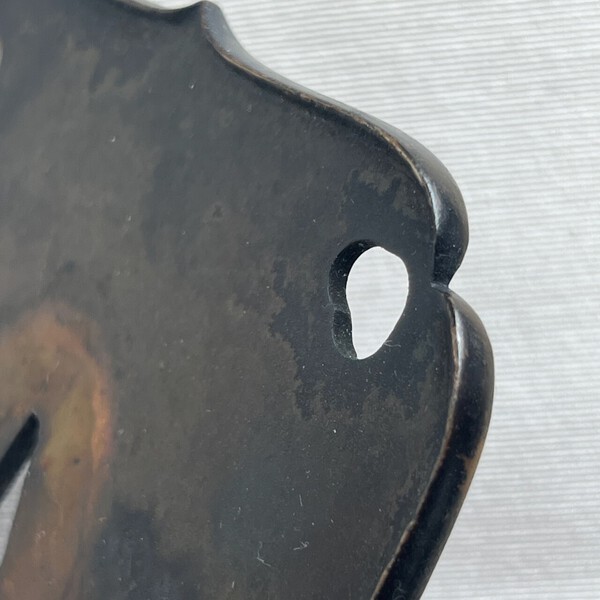



.thumb.jpeg.d8318d7e9b5ec67890a081b5c465ab77.jpeg)
